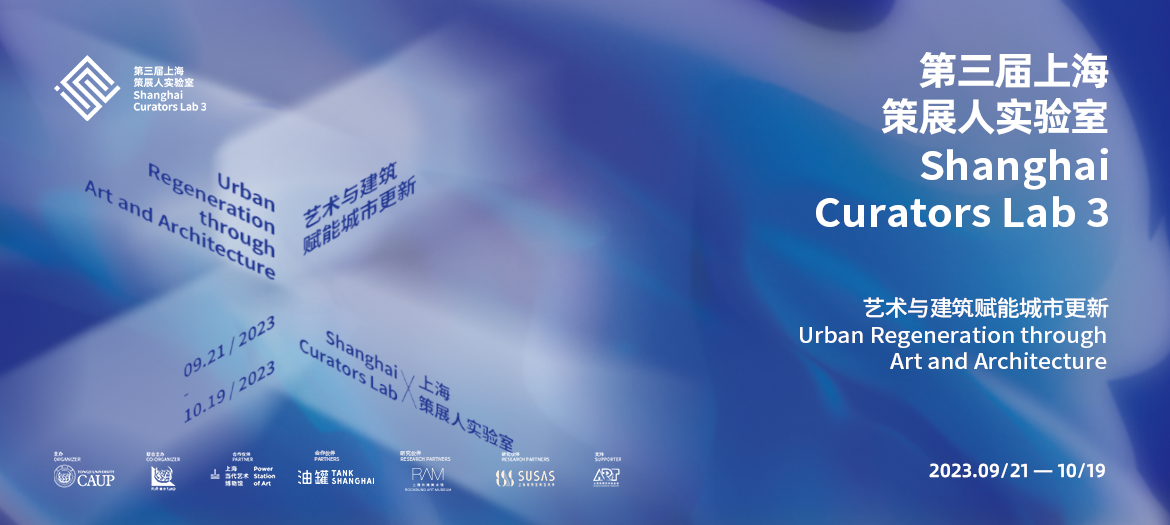
Yongwoo Lee founded the Shanghai Project, a platform of ideas and practices to prepare alternatives to challenges and crises that are rapidly approaching humans, such as the climate crisis, the Anthropocene, human extinction, and artificial intelligence, and served as artistic director in 2016 and 2017. He was the founding artistic director of the Gwangju Biennale and the president of the Gwangju Biennale Foundation. He served as the director of the Shanghai Himalayas Museum and president of the International Biennial Association. He was a professor at the Shanghai University, Korea University, a distinguished professor at the Tokyo University of Arts, and is now a professor at the Tongji University.
Gwangju Folly
The Gwangju Folly is an art and architecture project to prevent the hollowing out of the old city due to the creation of a new city and to regenerate the old city center. This project was co-hosted by Gwangju Metropolitan City and the Gwangju Biennale Foundation. Separately from the Biennale event, artists and architects were invited every other year to produce works in about 40 locations in the old city center over a period of eight years.
The purpose of Gwangju Folly is urban regeneration, and the main goals of urban regeneration are economic, cultural, and environmental regeneration. And the motivation is to improve visually unattractive or poor urban living environments. The reason for urban regeneration through art and architecture is that it connects people with place. And culture creates social capital and strengthens the character of a community. Art brings people together physically in galleries, museums, and performance spaces, and culturally it conveys the shared stories of a community. Art allows us to reflect on people and cities, transcends discrimination between classes and races, and connects people.
Art and architecture are used to revitalize the connections between human communities and the habitats, ecosystems, and urban communities in which they live. In particular, architecture and art are used to create a distinct sense of place and local identity, which becomes an element that can revitalize the community. It creates a distinct sense of place with which people can have a real emotional connection, and rehabilitates empty, abandoned and deteriorating spaces. This is completely different from real estate rehabilitation or urban gentrification. One of the unintended consequences of urban regeneration is urban gentrification, which results in urban communities moving toward wealthier residents and businesses, increasing real estate values.

